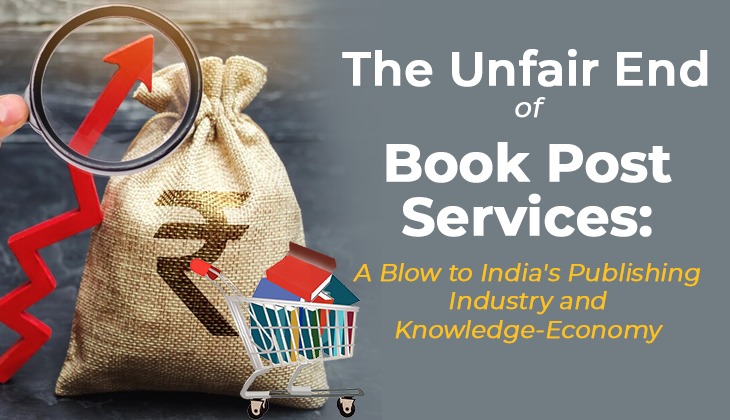Technology has been disrupting every sector, and when it comes to publishing, it is no different! There has been a significant shift in the entire publishing landscape with the introduction of new technology. With change comes challenges, but to adapt and evolve into something better or become obsolete is a choice that remains.
If you talk about the publishing scenario a decade ago, desktops or internet were hardly accessible by all. But considering the current scenario, things have changed drastically. Even in the remotest corners, people have access to the internet, devices like cell phone, tablets etc. Life has become much more convenient with ease of access. The far-reaching and interactive nature of the internet represents new possibilities in how industries are organised in relation to production and consumption.
Prior to this change, newspapers were a dominant source of media. But with changing times and evolution of digital devices, it can be counted as just one of the many options. In case of books, journals or magazine publishing, you have e-books besides social platforms like Facebook, Twitter, G+ etc to make your content available to a large audience. This change in model is challenging the ownership of rights, reduced duplication cost, distribution and storage, the editing processes and content transmission. Apart from this, the sales and marketing of both physical and electronic content also gets impacted.
The way authors promote their work, publish or engage with users is also deeply affected by technological advancements. Even though the core essence of publishing remains the same, the mode or method of delivery has evolved. Having said this, content plays a huge role, be it digital or traditional publishing. Bad content will never work no matter what the platform is . As quoted by Vikas Gupta, MD, Weily, ‘Content is available in plenty through the internet or any other online or media channels, but the value of a publisher is how best the knowledge can be curated, packaged and delivered…’.
Digital efforts must not focus only on addressing the process of delivery, but should also address the new paradigm where content becomes the hub of the business model.



